A Clinical Repertory To The Dictonary Of Materia Medica
| Author: |
John Henry Clarke |
| ISBN: | 9788131910337 |
| Imprint: | B.Jain Large Print |
380
Paperback
English
To study homeopathy, it is imperative to have sound knowledge of materia medica and knowledge how to use it. It is also crucial to be able to understand and compare similar remedies. To solve the aforesaid purpose, this repertory has seen the light of the day. It has been specially designed for use ...Read More
To study homeopathy, it is imperative to have sound knowledge of materia medica and knowledge how to use it. It is also crucial to be able to understand and compare similar remedies. To solve the aforesaid purpose, this repertory has seen the light of the day. It has been specially designed for use in the study of the materia medica. It contains description of every remedy from different points of view.
It is an invaluable compilation of 5 different repertories on:
- Clinical Repertory
-Repertory of Causation
- Repertory of Temperaments
-Dispositions, Constitutions and States
- Repertory of Clinical Relationships
- Repertory of Natural Relationships
The author has described the Repertory as being designed “for use in the study of the materia medica” no less than as an instrument for finding out the indicated remedies. Homoeopathic practice consists in knowledge of materia medica and knowledge how to use it. This demands unlimited patience and application in the study of drug comparisons. This repertory will enable the practitioner to compare any remedy with any similar remedy in five different points, all of great importance in practice.
Every remedy is described from a number of different points of view. The clinical point of view is one of these, and under the heading ‘Clinical’. In compiling these clinical lists author had in view the project of preparing, later on, an Index of these headings to enable the reader to find at a glance all the remedies which have been accredited with the cure or alleviation of any given state. The Clinical Repertory is herewith presented constitutes this Index.
The author has described remedies in the Dictionary under the heading *causation." This tells how remedies are related to conditions due to definite Causes. Alphabetical list of causes will be found with naming of all the drugs which have been observed to be curative in conditions produced by it.
Another index deals with Temperaments. In the Repertory of Temperaments remedies will all be found completely indexed. Type of constitution is very often a determining factor in the choice of a remedy. There are some patients whose constitutions correspond so accurately to a particular medicinal type, that the corresponding remedy will cure almost any indisposition they may happen to have.
The last of the repertories included in this volume is a Repertory of Relationships. This is a twofold, and includes Clinical Relationships and Natural Relationships. The Repertory of Natural Relationships shows at a glance the place in nature of any remedy in question — mineral, vegetable, or animal — and how it stands in regard to its closest congeners. In the Repertory there is an alphabetical list of all the natural orders represented, and under each is given in alphabetical order a list of all the plants of that order included in the materia medica.
When a remedy has done well and has ceased to be indicated, the choice of the remedy to follow will be greatly assisted by knowledge of Clinical Relationships. The author has therefore given a tabulated list of all the remedies in the materia medica with their antidotes and other related remedies.
It will therefore be seen that the Clinical Repertory is a clinical repertory and much more besides. The practitioner who consults it will not be tied down to a mere list of names of diseases : he will be able to test his choice of a remedy from other points of view, and if further information should be required, the Dictionary of Materia Medica, which this Repertory is designed to make more accessible, will supply it.
Searching tags: A clinical repertory to the dictionary of materia medica by J.H.Clarke, clinical repertory by J.H.Clarke, J.H.Clarke materia medica, Materia Medica by John Henry Clarke, John Henry Clarke Books
| Pages | 380 |
|---|---|
| Format | Paperback |
| Imprint | B.Jain Large Print |
| Language | English |
Add a Review
Your email address will not be published. Required fields are marked *
John Henry Clarke
Dr. J. Henry Allen (1854 1925) was President of the International Hahnemannian Association in 1900 and was Professor of Skin and Venereal Diseases at the Hering Medical College in Chicago. He is the author of two books The Chronic Miasms and this, "Diseases and Homoeopathy Therapeutics of the Skin". Both are regarded as classics of Homeopathic literature.Dr. Clarke was one of the most eminent homoeopaths of England. He had his famous Clinic at 8 Bolton Street, Piccadilly, located in... Read More
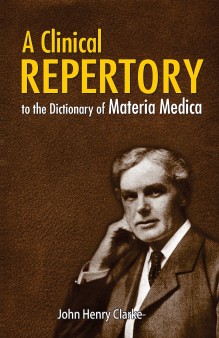




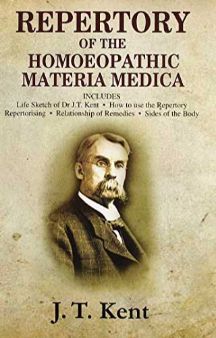
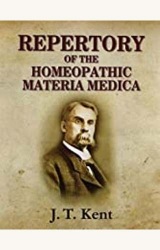

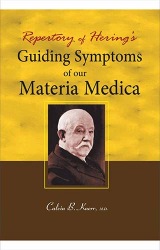
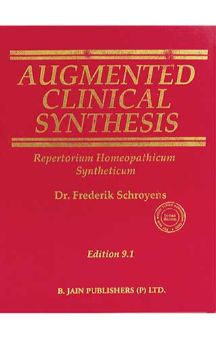
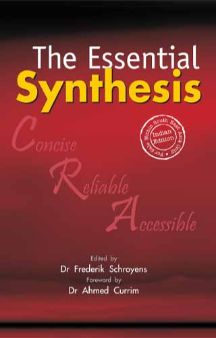

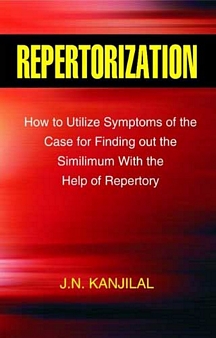
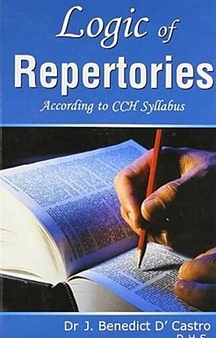
Dr kulsum sameen
The book, “A clinical repertory to the dictionary of material medica” authored by J.H.Clarke is a book which is divided into 5 parts. Starting with list of remedies with abbreviations it becomes handy to search for the drug . Part I consist of two things first introduction to clinical repertories where he mentions about the use of the book and secondly it consist of clinical repertory which have various clinical rubrics with their medicines are given in this part. Part II consists of Prefatory note to repertory of causation and repertory of causation. Symptoms are made better or bad by cold, heat, rest, motion by day by night etc many remedies are related to the effects of certain conditions, causation and aggravations are not same they are closely allied such type of relationship for eg Arnica removed morbid condition caused by falls and Ruta relieves the effect of bruised bones such type of relations are arranged under a separate heading in the dictionary. The name of the few remedies have been added which do not occur in the Dictionary of Materia Medica. Part III comprises of Temperaments, disposition, constitutions and states in this part remedies which have been found to act most favourable in certain types of person, temperaments, sex, age are mentioned. Part IV consists of Prefatory Note to Clinical relationships. In this chapter there is tabular representation of all remedies of the materia medica. They are included under the following headings: complementary remedies, remedy follows well, remedy is followed well by, compatible remedies, incompatible remedies, remedy antidotes, remedy is antidote by, duration of action of remedies. Part V consisits of introduction to repertory of natural relationships. The chapter shows remedies belonging to the different kingdoms of nature arranged in the order of their natural kinship. Repertory of natural relationships in that it has ELEMENTS which have 3 parts alphabetical list according to atomic weight, mendeleeff’s groups. Vegetable kingdom which have alphabetical list of natural orders and systemic arrangement of natural orders. Animal kingdom it has alphabetical list of natural orders. Systematic arrangement of natural orders. Sarcodes: there is a list of sarcodes, along with it there is list of supplementary list of remedies derived from altered tissues and secretions as Urea and Uric acid etc. The chapter ends with Nosodes which are remedies made up from morbid tisses and secretions containing the specific virus of diseases. In short the book contains the tools for reaching towards the remedy in a short and easy way. Reviewer: Dr kulsum sameen,MD (Repertory) Ph.D.(Organon) Associate Professor in Department of Physiology PHMC Khamgaon. Gmail: [email protected]